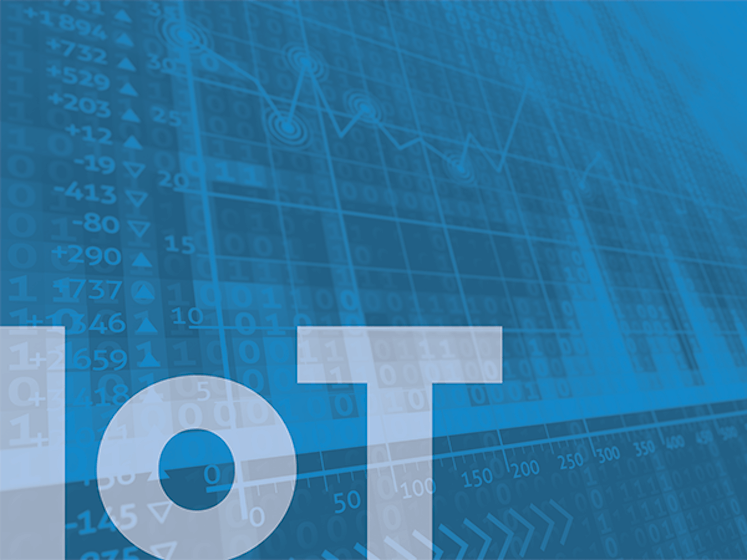Over the last several years, the Internet of Things (IoT) has become a hot topic. Its appeal is universal across countless industries and it is positioned to be a significant trend for the foreseeable future. However, the understanding of what IoT is, how it helps businesses, and which technologies are required to implement it are anything but clear.
A lot of this is attributable to the lack of definition in its components and reference architectures for achieving use cases like predictive failure, data-driven diagnostics, and asset optimization. Businesses have been left to figure this out on their own, which often leads to less than satisfactory results. In many cases, the problem can be attributed to believing that one technology alone can deliver on the promise of IoT.
This is especially true for the field of data analytics, which is also garnering more attention than ever. It can certainly appear as though it single-handedly holds the key for extracting business value from IoT data. New data analytics startups are appearing on a daily basis and people with even a minor background in math are positioning themselves as data scientists. It’s like the California Gold Rush all over again, except this time the prize is constructed out of ones and zeroes. Whenever you see this much hype, it is always good to take a breath and look at the bigger picture.

Early adopters of IoT viewed it mainly as a different term for machine-to-machine connectivity or M2M. This is understandable since a prerequisite for any IoT solution is the ability to collect and aggregate device and sensor data. Most often, this data would be presented in a dashboard and victory was declared. The problem is that viewing data in a dashboard requires a human to interpret the results and take manual action. That doesn’t scale to the ever growing demands of IoT – not to mention that IoT data can be a lot more complex than what is typically handled by business intelligence solutions (For a great explanation on the difference between data analytics and business intelligence, read this blog).
The missing ingredient is automation
To achieve business results, you must have a method of applying business logic to IoT data. Some of this logic might serve the purpose of transforming the data into a common format for further processing or routing it to an appropriate data store. It is also the mechanism that can drive actual business use cases. For example, applying logic to data can automate the process of root cause analysis by automating the diagnosis of a failed piece of equipment. By evaluating fault information, surrounding operational data and historical repair history, it is possible to determine the most probable root cause, which can then be used to identify the parts needed for the repair – all before ever dispatching a technician.
Once there is data connectivity and a distributed method of processing business logic, it is time for data analytics. It is what businesses commonly use to derive the rule sets that are then applied to the population of managed equipment. A perfect example of this is predictive failure. By creating a data model that represents how a piece of equipment operates, it is possible to determine the leading indicators that precede a fault. Many times this can be a complex set of variables that would be impossible for a human to catch on a dashboard. This is why automation is so important. Data analytics can tell you what to look for, but the rest of the solution is what helps you find that condition in your firehose of real-time data.
If you combine predictive failure (something that happens before a fault occurs) with data-driven diagnostics (something that happens after a fault occurs), you have now unlocked true business value: improved up-time of a mission-critical asset. This is what really gets people excited about IoT and it should now be obvious that data analytics alone would not have been enough to deliver on it.
Data analytics not a “one-time event”
Another potential trap is thinking of data analytics as a one-time event, especially since operating conditions are always changing. Analytics run in the past may not match actual results in the future. This concept of “drift” can have a significant impact on the effectiveness of real-time monitoring. To mitigate this condition, it is important to track how well rule sets are aligning to current data and have the system dynamically adjust parameters in response. For industries with heavy regulation, keeping track of the accuracy of data analysis is key for maintaining compliance.
The goal of any IoT system should be to extract business value from device and sensor data. In all cases, this is much more than just collecting and analyzing data. It is a combination of these elements, integrated into automated process and workflows, that lead to improved business outcomes.
The author is Senior Director of Products for Bsquare.









